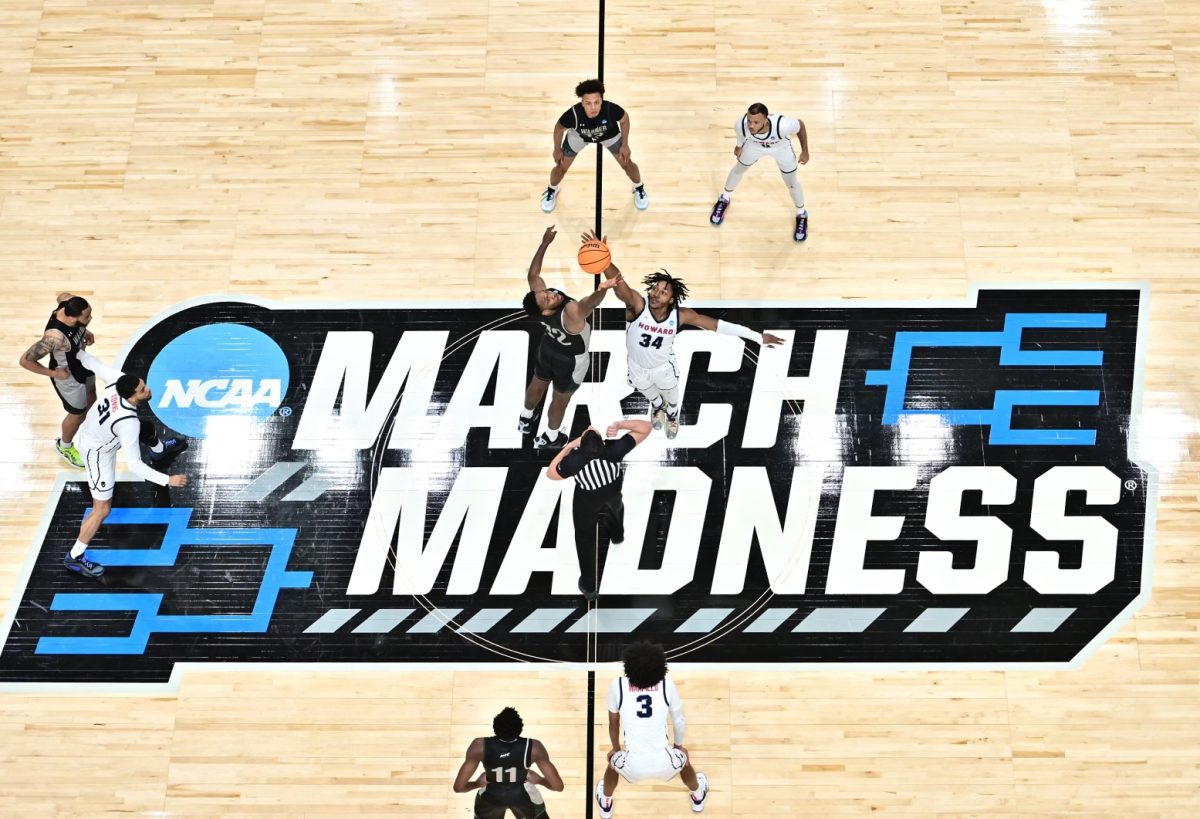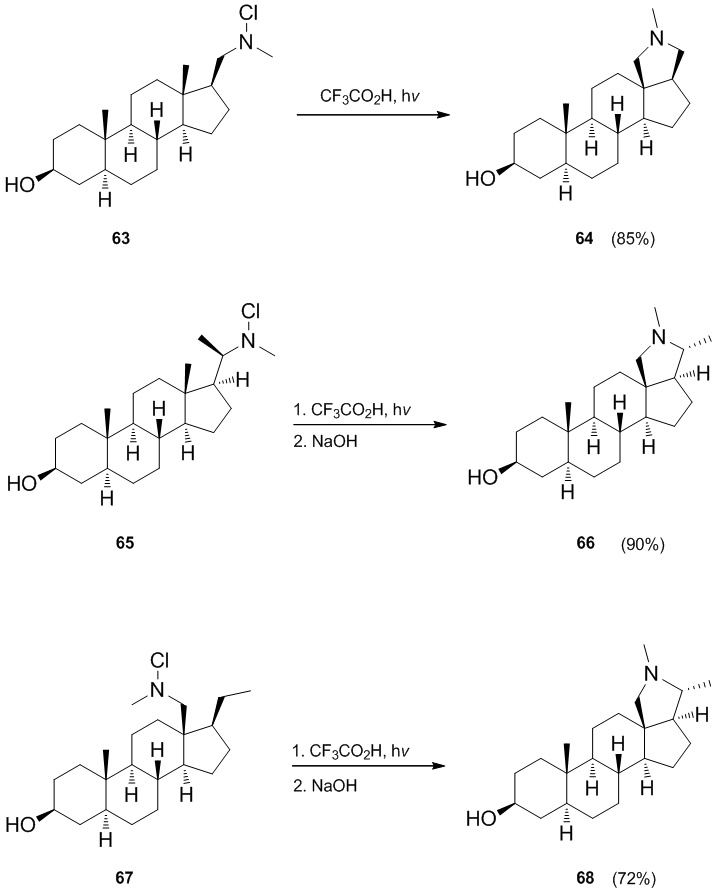Every March, 68 NCAA men’s basketball teams are selected to play in the highly anticipated March Madness tournament. Every year, the debate over whether or not the March Madness selection process is efficient is always popular among college basketball fans.
Each year, the teams that participate are determined by a selection committee. Although this is the process they have always followed, there are flaws in this system and many fans question whether or not the March Madness selection process is efficient.
The NCAA’s current process that has 12 athletic directors and commissioners spending several days deciding what teams belong in the tournament may not be the most effective process. The problem is although many fans are critical of this, no one offers a solution to the problem.
The NCAA is capable of implementing a more objective process, especially in 2024. It may be the time to change the selection process for future tournaments.
The selection committee has become a major lightning rod for a lot of fans over the last couple of years. The most common reason for their criticism is regarding the committee’s bias towards schools with the biggest brand names.
There are also debates over the competitive balance between each region. Many fans believe the match-ups are specifically set up to achieve the maximum TV viewership.
Despite the criticisms, the committee does a good job in general with the heavy task they are given. With the information at their disposal it is always going to be difficult to select 68 collegiate level teams to participate in the biggest tournament in college basketball.
The NCAA has made big strides in improving the data that they provide the committee. They have done away with the RPI ranking and switched over to the more effective NET ranking as the sorting tool.
They’ve added a variety of advanced metrics to make the selection process easier and less complicated. These metrics include KPI, BPI and Strength of Record. They were added to team sheets and have developed a quadrant system that implements the location of games to how each school’s schedule is evaluated.
There is more transparency about the process of selection now than there has been in years prior. The process used by that the committees use are available to the public and the bracket reveals in the mid-season allow people to see where things stand before selection Sunday.
The committee has become more consistent and predictable over the last few years as a result of the more advanced data. The improvements in transparency have made it easier for fans to predict which teams will be involved in the tournament.
Although there are many positives and the committee is more and more progressive every year, it doesn’t mean it is an effective system. It is more likely that the March Madness selection process isn’t efficient. It is merely a flawed system that has been slightly refined.
Main Problems with the current selection process
One of the main problems with the current procedure is that human beings simply aren’t capable of perfectly determining the strength of every college basketball team in every region. It is a very complex job and requires an unrealistic amount of attention to detail.
There are much more effective methods available to us.
Not only is it difficult to balance so many variables, the resumes don’t always look similar to each other in the slightest. For the committee to have to consider quality wins, bad losses, strength of schedule, resume metrics and performance on the road is a big ask.
One major example of this is quadrant records for different teams. One team could have had a significant amount of wins and match-ups against Division I opponents and one team could have had very few.
Those two teams reached their records in very different ways. As a result, it is very difficult to compare the two opposing teams.
You can’t compare a team who has played just 3-5 quadrant 1 and 2 games to a team that has had north of 20 of those match-ups.
In the 2023 tournament, Charleston had a 30-3 record but didn’t beat a single team in the top 50 for NET ranking. Rutgers only went 19-14 but 7 of their wins came against top 50 teams including a win over Purdue, who was the one seed in the tournament.
In spite of this, Charleston still cruised through their schedule with a 28-2 record against quadrant 3 and 4 teams. Rutgers, on the other hand, struggled against quadrant 1-3 teams with a 12-14 record.
These two teams would’ve been impossible to compare to each other. In this instance, they didn’t have to compare the two because Charleston wound up winning their conference and earning a spot in the tournament.
Charleston was the 12 seed, meaning their spot in the tournament wasn’t at-large. To the surprise of many fans, Rutgers didn’t make the tournament.
They merely use the quadrant system to help the committee better understand each team’s result.
It is more effective to place every game into groups to evaluate each team’s resume.
This process creates cutoffs that affect the value of a team’s wins or losses. There is very little difference between a team that ranks 10th and a team that ranks 11th in NET ranking.
The committees likely realize how similar these games are but the way they list each game on team sheets has to have a certain amount of influence on the decision making process.
This is an issue considering how games change between each quadrant and group based on the results of match-ups that are unrelated that change the NET ranking.
Team resumes are often based on which teams have quality wins and which teams have bad losses. This strategy tends to reward teams who face more quadrant 1 and 2 opponents. and punish those who face more quadrant 3 and 4 teams.
It leads to the committees downplaying the strength of quadrant 3 and 4 wins which are usually against teams that are well above average.
As for the previous example, teams like Charleston would receive criticism for losing to 2 quadrant 3 teams even though their 12-2 record in that quadrant is much more impressive than a team with a 12-2 record against a quad 1 team.
When it comes to the selection process, the margins are often very threadbare. The committees do what they can but it is very easy to overvalue or undervalue a win or loss.
The quadrant systems are very flawed fundamentally. The system attempts to place games into groups based on the level of difficulty for them to win. However, they fail to recognize the flaws in this seemingly efficient system.
There are two different advanced metrics for college basketball: the resume or results-based metrics. These metrics look at a team’s wins and losses as well as the strength of their schedule. There are also predictive or qualitative metrics that base a team’s ranking on their efficiency per-possession.
For instance, imagine a team that went 5-0 in their last 5 but each game was close. Another team went 3-2 but won by a wide margin and kept both losses close. A resume ranking would have the first team ranked over the second team. Predictive metrics would rank the second team over the first team.
The predictive method seems like the most efficient metric to go off of. However, they use this metric by looking at an opponent’s NET ranking which is a mix of both predictive and resume metrics. The resume part of the formula prevents the difficulty of a game from being proportionate to where it ranks.
The quadrant system plays a significant role in the committee’s decision-making. The problem with this is that the system they use is flawed, the committee’s ranking is typically inaccurate.
Many of these problems relate to the committee being in a bad position. The March Madness selection process can’t be efficient because it is way too difficult to achieve. The committee possesses ineffective information, therefore they don’t make the best decision on what teams qualify.
They don’t have a clear objective. The committee selects teams based on a combination of a team’s resume and strength.
It’s a lot easier now to predict what this will look like but the vagueness still aids the committee. However, there is no official hierarchy of which metrics are most important. This means each decision on each team can be justified in a different way.
By combining the two metrics, the NCAA attempts to determine the most deserving teams.
Of the two metrics, a results-based metric is the better way to determine the most deserving teams.
If a team plays most of their games against a top team and they lose by a small margin, many agree that they don’t deserve a spot if they lose too many games but based on the predictive metrics that the committee uses, they are a top program because they are competitive with the best teams in the country.
The question now becomes, how we could create a more efficient selection process. The website medium.com, proposes an idea called Wins above Bubble. The concept is based on how well an average bubble team would fare against a team’s schedule. If a team won 20 games and an average team would win 19, their WAB would be +1. This process ranks team’s on their highest WAB value. This idea defines the average bubble team as the 50th best team in the country. This is an easy process to understand and it makes it easier to judge a team’s performance. It is also very transparent and it would allow fans to know exactly where their team stands.
If the committee uses this process in the 2023 tournament, Charleston is the 8-seed instead of a 12 seed. The 8 seeded Memphis as well as the 9 seeded Florida Atlantic jumped to 4 seeds in this new format.
This is further evidence on how the current system favors power schools.
The NCAA is very much capable of using a more efficient process. In doing so, they can make the tournament even more entertaining.










